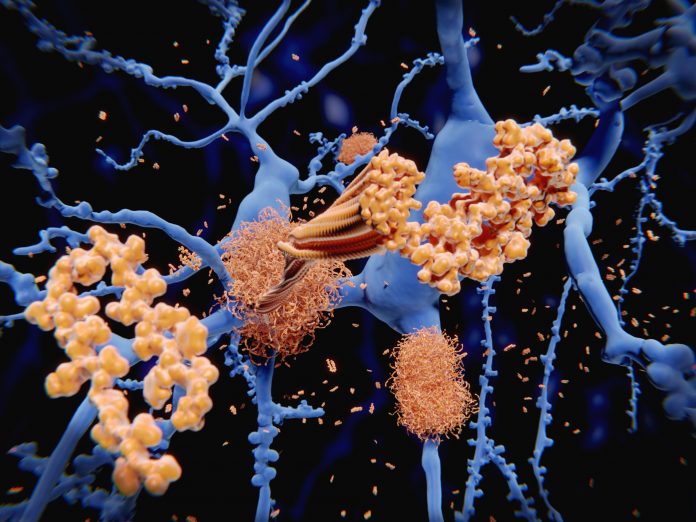September 08, 2023
2 min read
Source/Disclosures
Published by:
Hammami MB, et al. Abstract MPN-470. Presented at: Society of Hematologic Oncology Annual Meeting; Sept. 6-9, 2023; Houston.
Disclosures:
The authors report no relevant financial disclosures.
Study results presented at Society of Hematologic Oncology Annual Meeting highlight the potential effect that socio-racial characteristics may have on outcomes of patients with primary myelofibrosis.
Results also revealed a similar distribution of mutations among Black patients and patients of other races with primary myelofibrosis. This finding — consistent with prior reports — suggests genetic differences may not be the primary explanation for varying outcomes among patients of different racial backgrounds.

“There is a need to focus on addressing social disparities to ensure equitable access to high-quality care for all [patients with primary myelofibrosis],” M. Bakri Hammami, MD, of Jacobi Medical Center and Albert Einstein College of Medicine, said during a presentation. “Efforts to mitigate these disparities could encompass tailored treatment strategies, improved patient education and enhanced access to health care resources.”
Primary myelofibrosis — characterized by bone marrow fibrosis and clonal proliferation — is an aggressive subtype of BCR-ABL1-negative myeloproliferative neoplasms.
Prior research has consistently demonstrated poorer outcomes among racial or ethnic minority patients. However, the prognostic effect of socio-racial factors for patients with primary myelofibrosis has not been clearly established, according to study background.
Hammami and colleagues reviewed SEER data (2000 to 2020) to evaluate socio-racial characteristics and survival data for patients with primary myelofibrosis. They excluded cases with no histologic confirmation and those with no active follow-up (eg, autopsy or death certificate only).
The SEER review included 5,403 patients (median age, 69 years; range, 0-98; 60% men; 82% white; 8.4% Black; 9.6% other/unknown race).
Leading causes of death included primary myelofibrosis (37.1%), cardiac diseases (7%), pulmonary diseases (3.4%) and gastrointestinal diseases (1.2%).
Researchers estimated OS rates of 69% at 2 years and 42%.
Multivariate Cox regression analysis revealed several factors associated with poorer survival. These included older age, male sex (HR for men vs. women = 1.39; 95% CI, 1.27-1.53), Black race (HR for Black vs. non-Black = 1.2; 95% CI, 1.01-1.42) and earlier year of diagnosis. Income and marital status did not predict survival; married individuals exhibited reduced risk for all-cause mortality only.
Investigators then compared SEER findings with data from medical records of 51 patients (median age at diagnosis, 66 years; 57% men; 49% married) with primary myelofibrosis treated at their own institution. They reported the following breakdown by race: 35% white, 20% Black, 10% Asian and 35% other/unknown.
The Montefiore Medical Center database included genetic mutation data for 47 patients (Black, n = 10; non-Black, n = 37). Researchers reported the following genetic mutation distribution: JAK2 (70% for Black vs. 78% for non-Black), CALR (20% vs. 16%), MPL (0% vs. 3%), triple negative (10% vs. 3%), ASXL1 (40% vs. 5%), SRSF2 (20% vs. 8%) and TET2 (0% vs. 8%).
Researchers acknowledged study limitations, including its retrospective nature and the limited number of Black patients.











